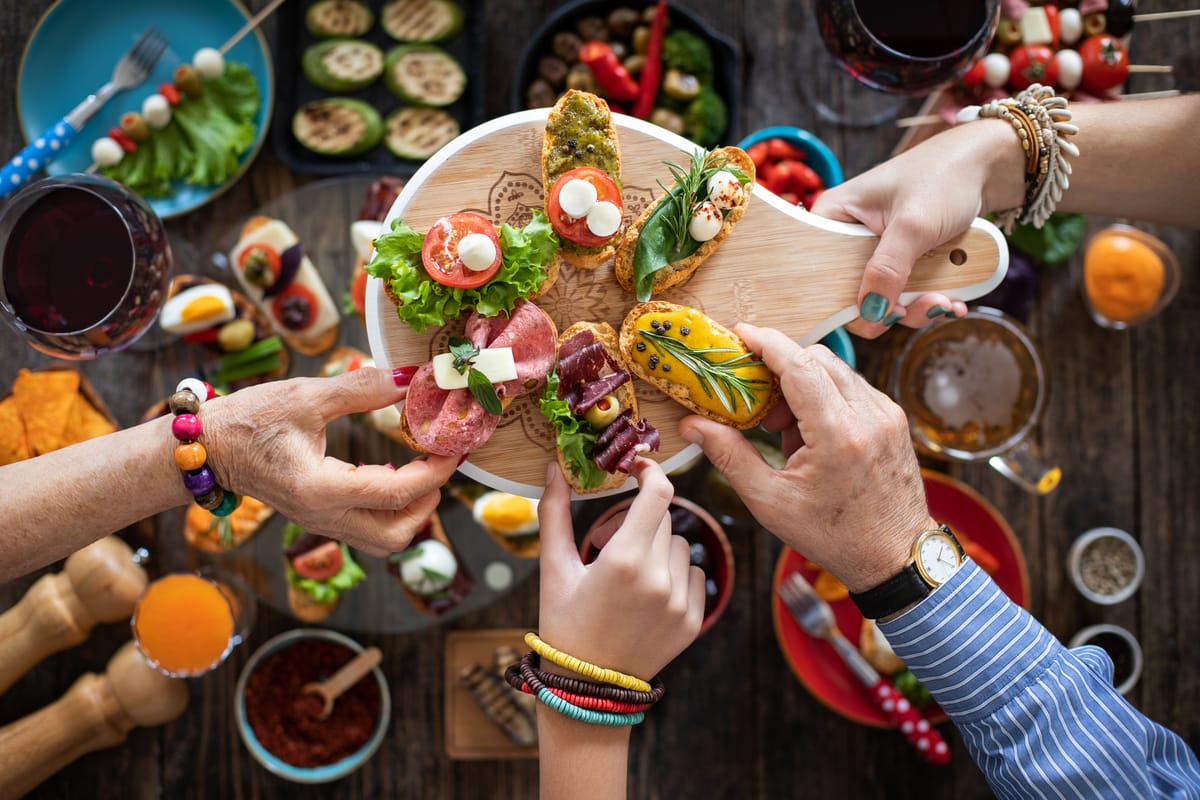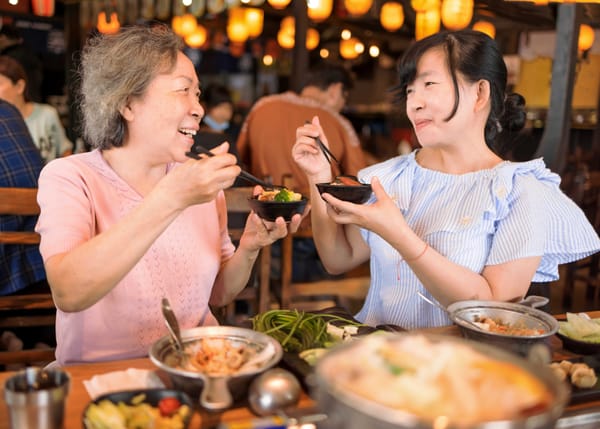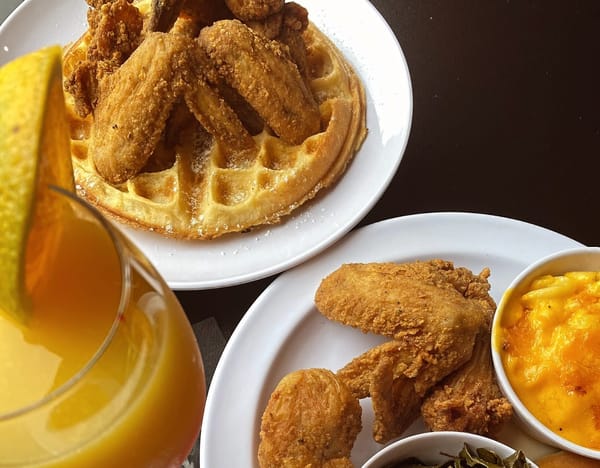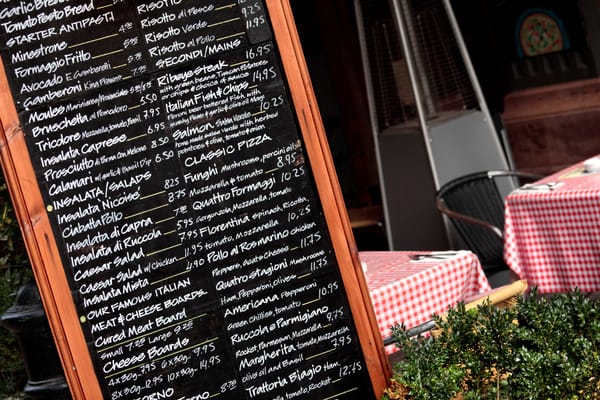We all know the typical ways restaurants serve their food. There are family-style meals, prix fixe menus, and the usual single dish made for a single person. While these classic dishes always bring a familiar dining experience, tapas-style restaurants are becoming a popular way to mix up how guests experience their food.
Even if most people in the United States don't typically eat tapas style daily, learning about how tapas restaurants serve smaller portions can change how anyone can see how different types of restaurants meet guests' expectations. In the blog below, we'll look at the origin of tapas food and explore the Spanish art of serving different dishes in small portions.
What are tapas?

Tapas are a Spanish style of dining that prioritizes serving small dishes of various food items such as roasted vegetables, fresh seafood, and other traditional meals. Instead of one larger dish for each individual guest, tapas are ordered all at once and are meant to be shared between guests. While some might think tapas are only small finger foods or simple appetizers, guests receive a larger portion of food by ordering multiple small plates that cover an entire meal's worth of food.
Even though they were first popularized by Spanish restaurants in the Basque Country, tapas aren't about serving specific dishes. To serve tapas of any kind is to prioritize the style of serving food. Plenty of restaurants with new ideas have gone beyond Spanish-style cuisine by adding their own twist to the tapas experience. You can have a restaurant that offers tapas focusing on French cuisine, Korean BBQ, and so on. As long as you have small plates of food that can be eaten as dinner or as light snacks between drinks, you can provide an exquisite tapas dining experience.
What does tapas mean in Spanish?
The word 'tapas' doesn't only describe the Spanish style of serving small plates. In Spanish, a tapa translates into "lid," which itself derives from the Spanish verb to cover, "tapear."
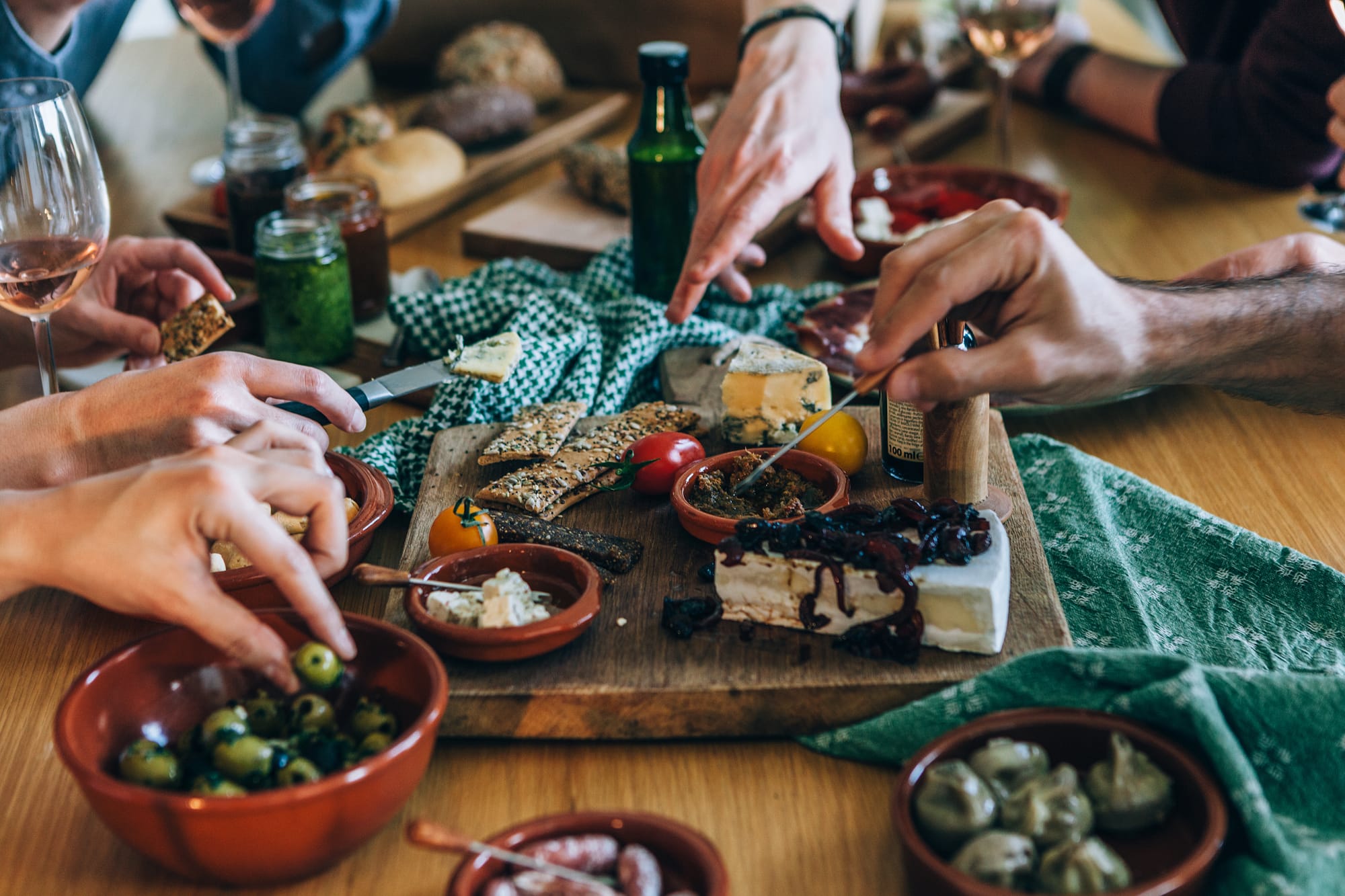
The familiar story is that certain Spanish restaurants served small bar snacks to guests by covering their drink glasses with a small plate of food to keep flies away from wine or beer. The name tapas soon stuck as a way to describe the style of serving that food, and the rest is history.
What are some traditional Spanish food items on a tapas menu?
Although small slices of meat or bread were traditionally served in bars, the tapas menu soon evolved into a wider range of food for different occasions. Here are some popular tapas dishes in a traditional Spanish restaurant, alongside some regional variations to help spice up your choices.
- Paella is a traditional Spanish dish made by mixing various meats or seafood, such as rabbit or calamari, alongside rice and a variety of vegetables. This colorful dish is typically prepared in a single pan and served to eager guests.
- Unlike other olives, Spanish olives offer a tart flavor thanks to the unique curing process that removes most bitter flavors. Just remember to spit out the pits!
- Spanish omelets, also known as tortilla de patatas, are popular tapas simply because they're easy to make and eat. When you order a Spanish omelet at a tapas restaurant, you'll find thinly sliced potatoes, onions, and eggs.
- Patatas bravas are deep-fried slices of potatoes served alongside the classic "brava" sauce. This delicious snack provides a warm and delightful dining experience for anyone sipping on some wine.
- Boquerones en Vinagre may sound like a complicated dish. Still, this traditional Spanish tapas consists of anchovies marinated in vinegar and olive oil, with a dash of parsley and garlic for seasoning.
- Jamon Serrano is cured country ham cut into thin slices and served like prosciutto. However, unlike prosciutto and other types of sliced ham, it provides a more intense and concentrated flavor.
Other types of tapas food options
Most tapas can also be organized as hot or cold food. These dishes will obviously cater to the tastes of guests depending on the season and time of day. Cold tapas can be desserts, salads, chilled soups, olives, and anchovies. Hot tapas can come straight out of the oven, such as fresh crusty bread, sautéed mushrooms, ham, and grilled chicken. Fresh seafood straight off the grill can also be a great hot tapas food option.
Key features of the tapas restaurant experience
Tapas food is a great way to create a more community-oriented dining experience. Instead of the individual style of eating found in most American restaurants, where guests enjoy food from a single plate, a group of people should enjoy multiple tapas simultaneously.

Guests alternately decide on the only thing they would like to eat as part of the main course, alongside their drinks. Most tapas enthusiasts prefer a small wine glass, beer, or water alongside their meals to refresh the palate between each small portion of food. To create a sense of relaxation for their patrons, some restaurants even give a free tapas dish to guests who order a glass of wine or a drink similar to a custom mocktail.
Alongside a communal atmosphere, tapas typically have two types of dishes. There will always be those familiar bites that patrons will always order. These crowd-pleasers are perfect for bar-hopping regulars looking for a tapas to nibble on as they order drinks. Some tapas restaurants in Spain and elsewhere also include adventurous bites that might add a little variety to a typical meal.
When to enjoy tapas food
A tapas bar in Spain typically serves food in the afternoon and evening hours as people wind down to end the day. However, since you can find tapas food outside of Spain, many restaurants with tapas serving styles will offer flexible hours beyond the traditional Spanish tapas restaurants. If you're a restaurant thinking about adding tapas-style dinner options, try using SpotOn's menu-engineering worksheet to evaluate your restaurant's profit after updating your menu items.
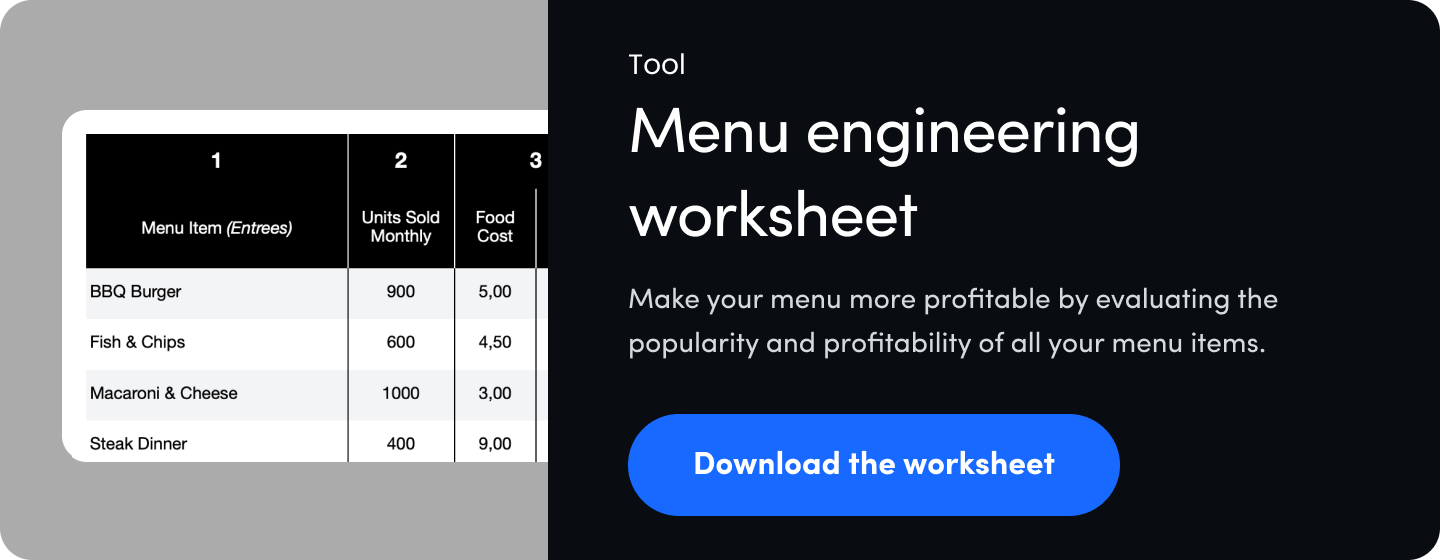
Traditional tapas bars vs. modern tapas restaurants
There are some simple ways to spot the differences between traditional tapas bars and a modern tapas restaurant. While they might offer similar ambiance or seating arrangements, the menu offers the best glimpse into what type of tapas will be served. Most traditional Spanish tapas focus on simple and traditional dishes that aren't there to surprise the guest, such as olives and cheese, cured ham, and calamari.
Modern tapas restaurants may present themselves as an upscale dining experience while adding creative twists on traditional tapas plates alongside other types of cuisine. For example, a modern tapas restaurant might include truffle olives or bulgogi-style calamari to add variety and surprise guests as they glance at the menu.



